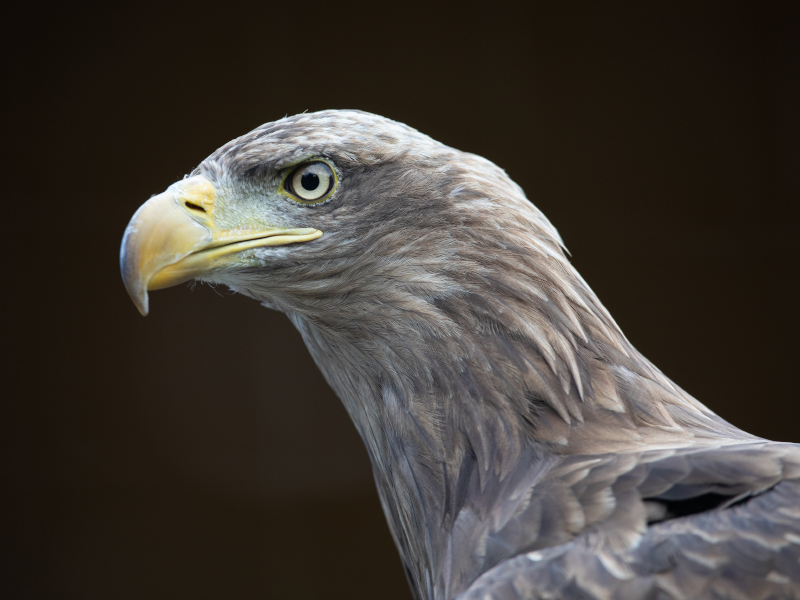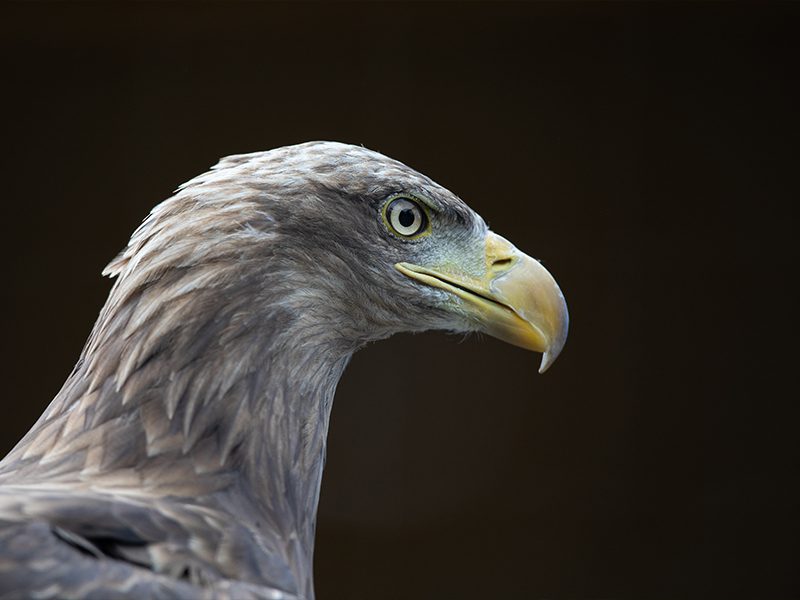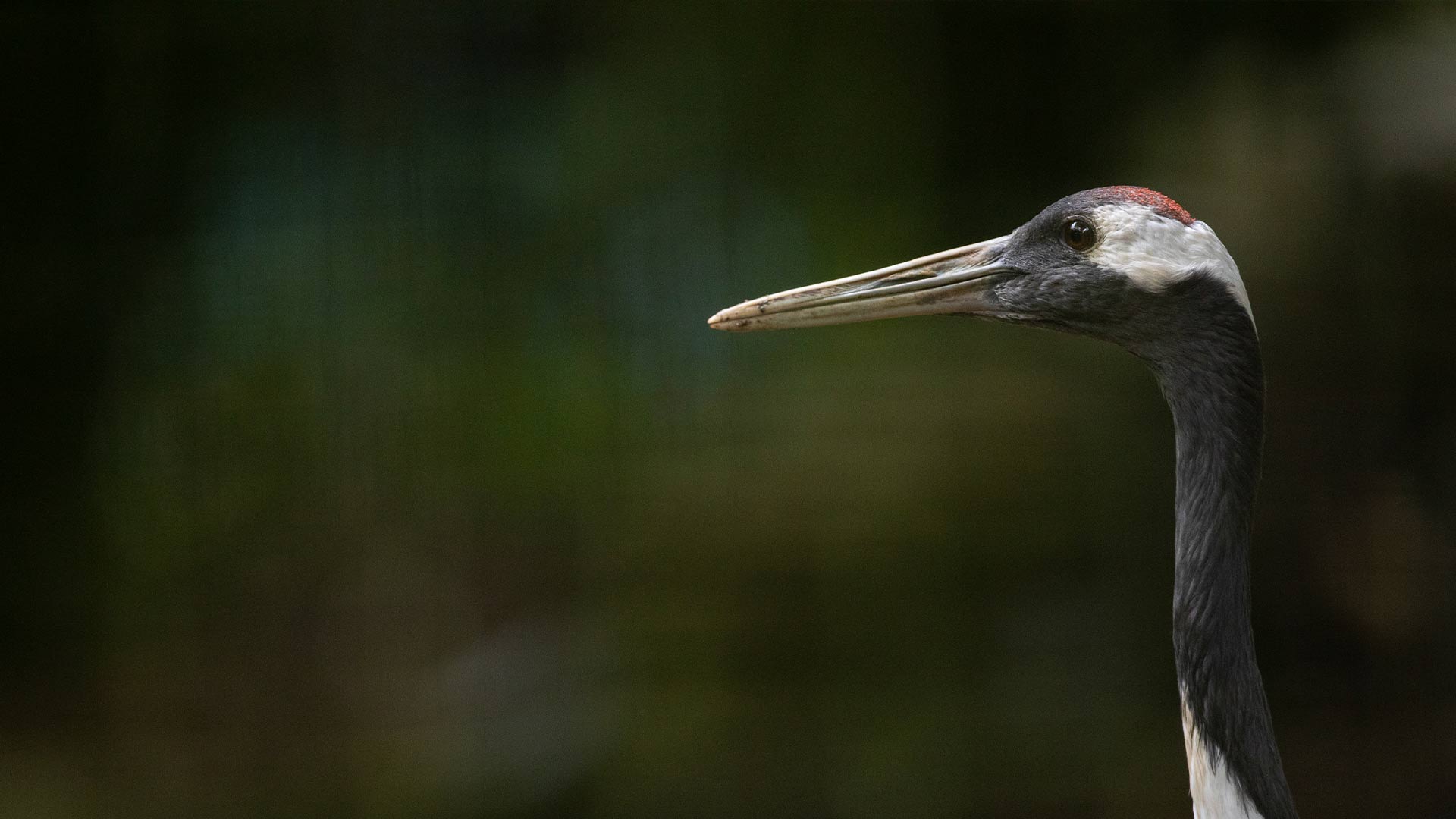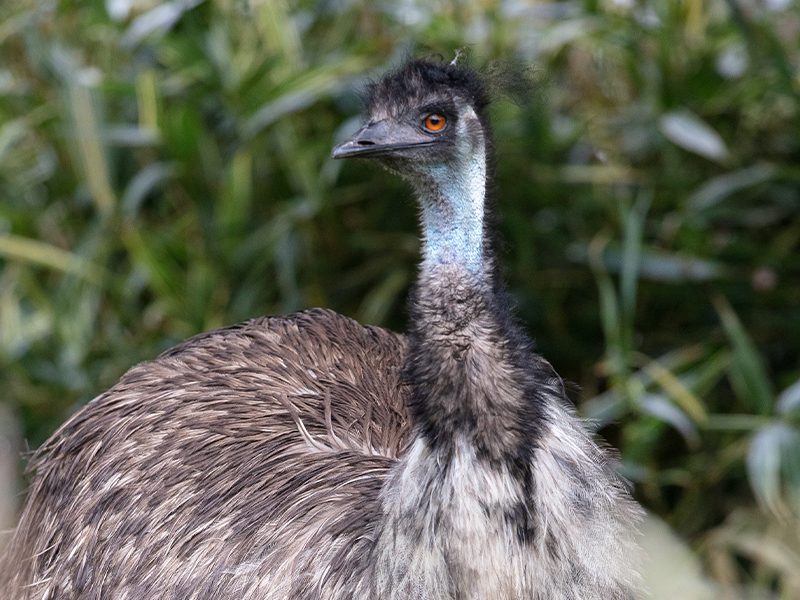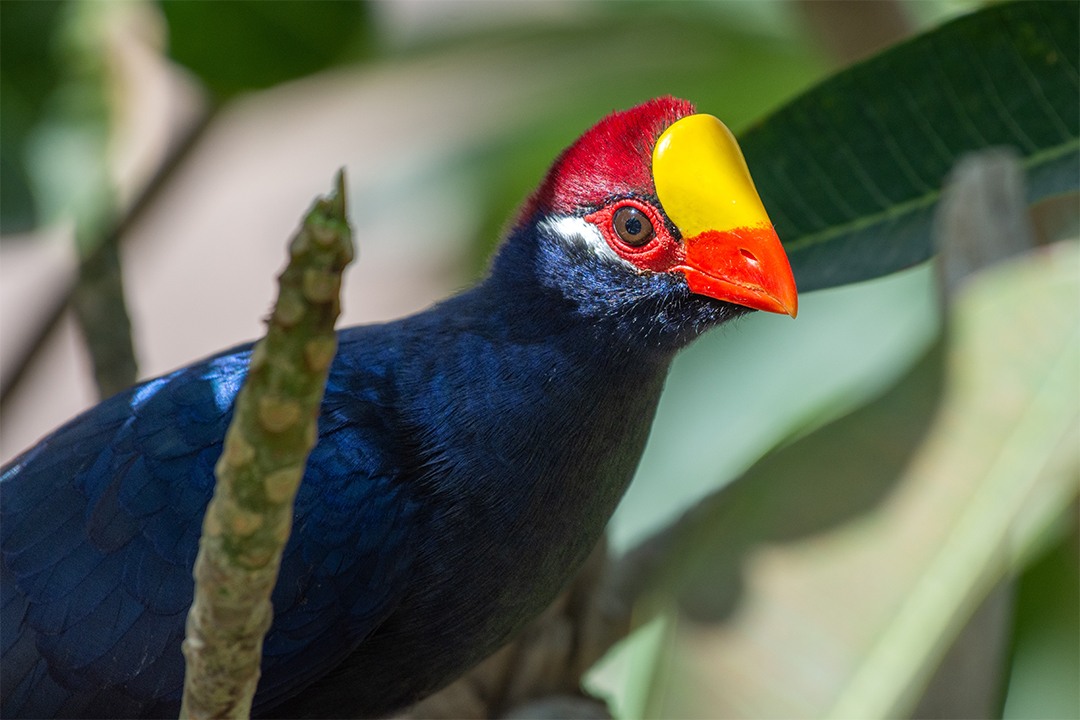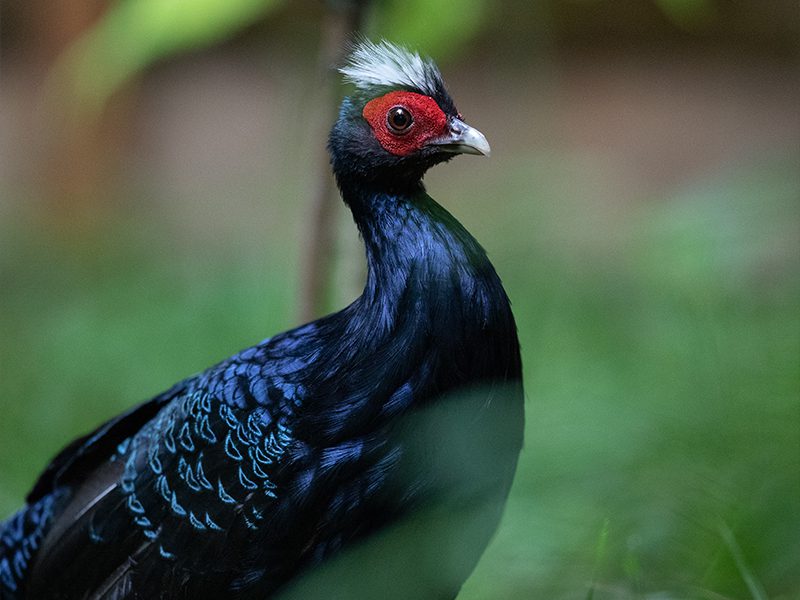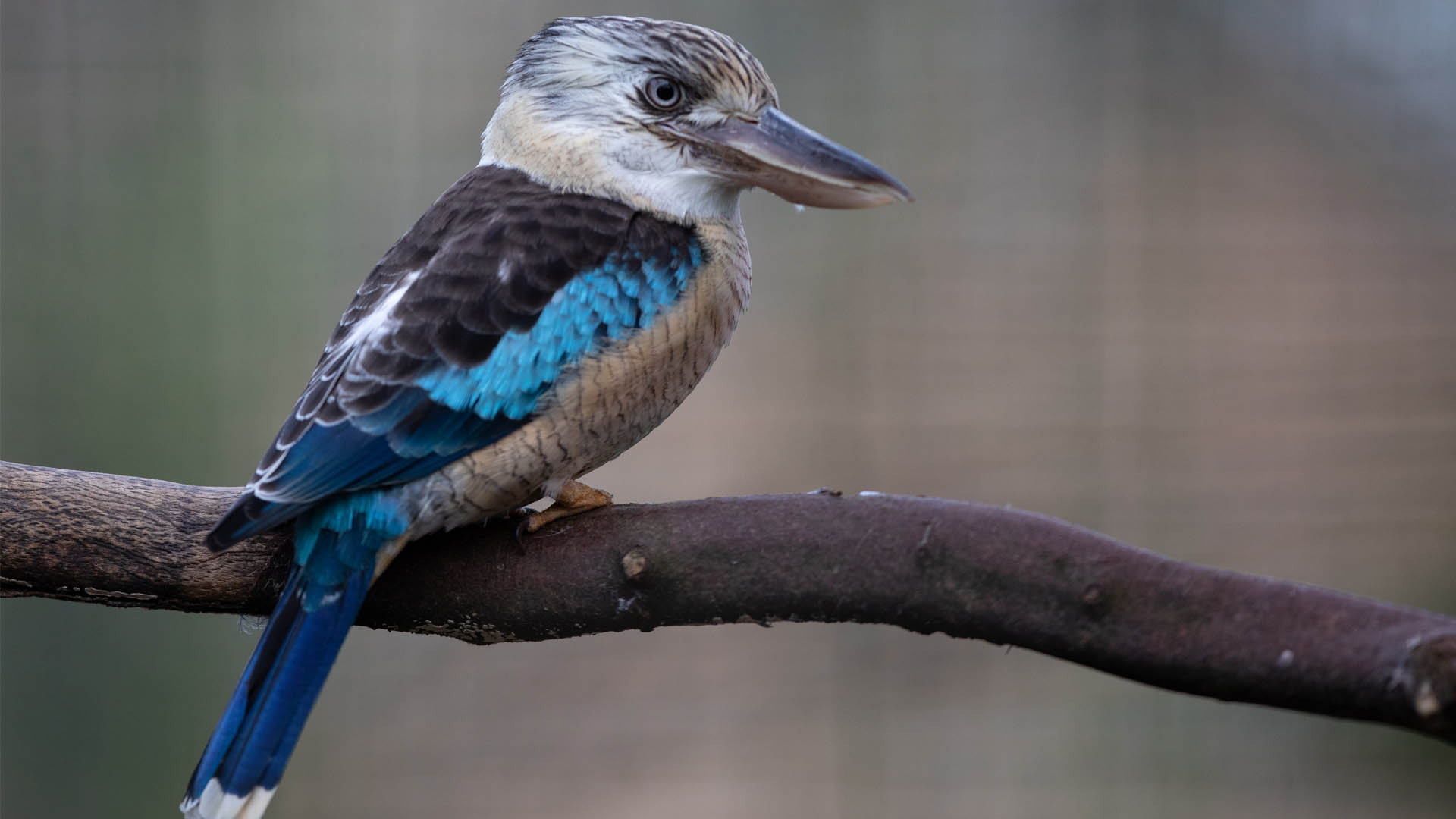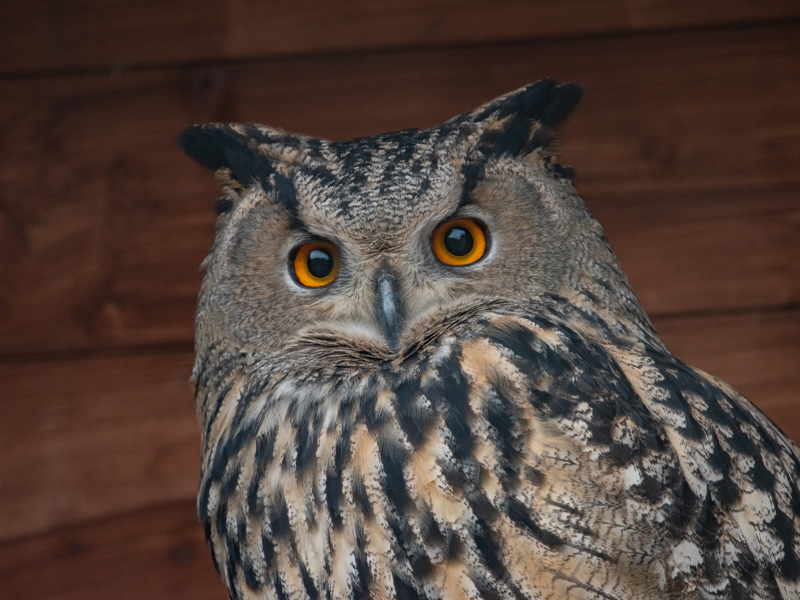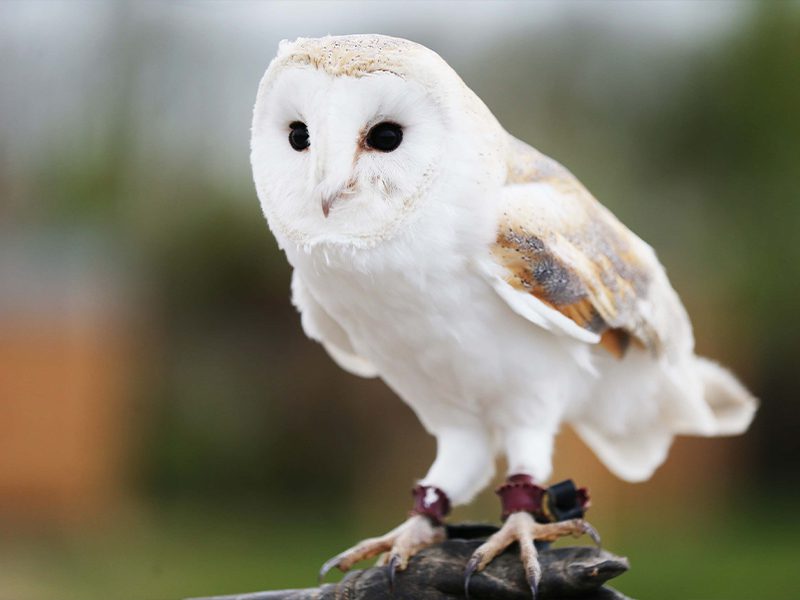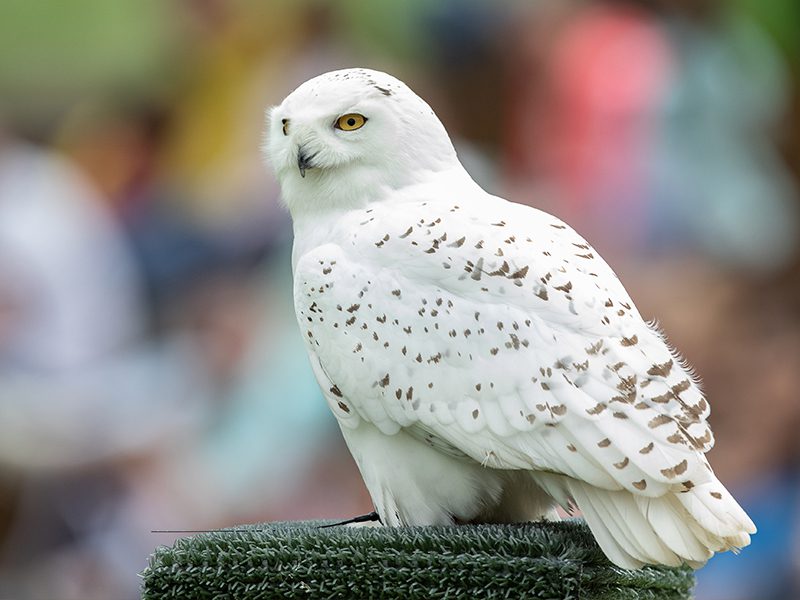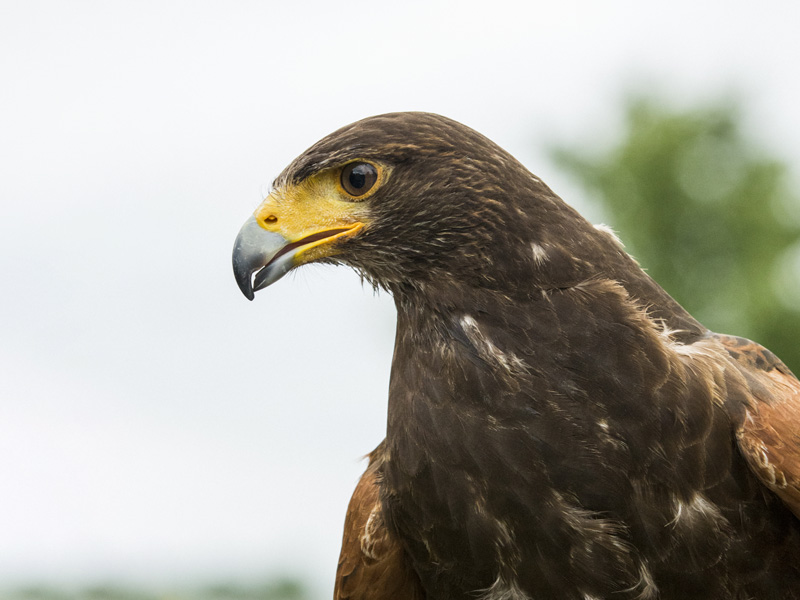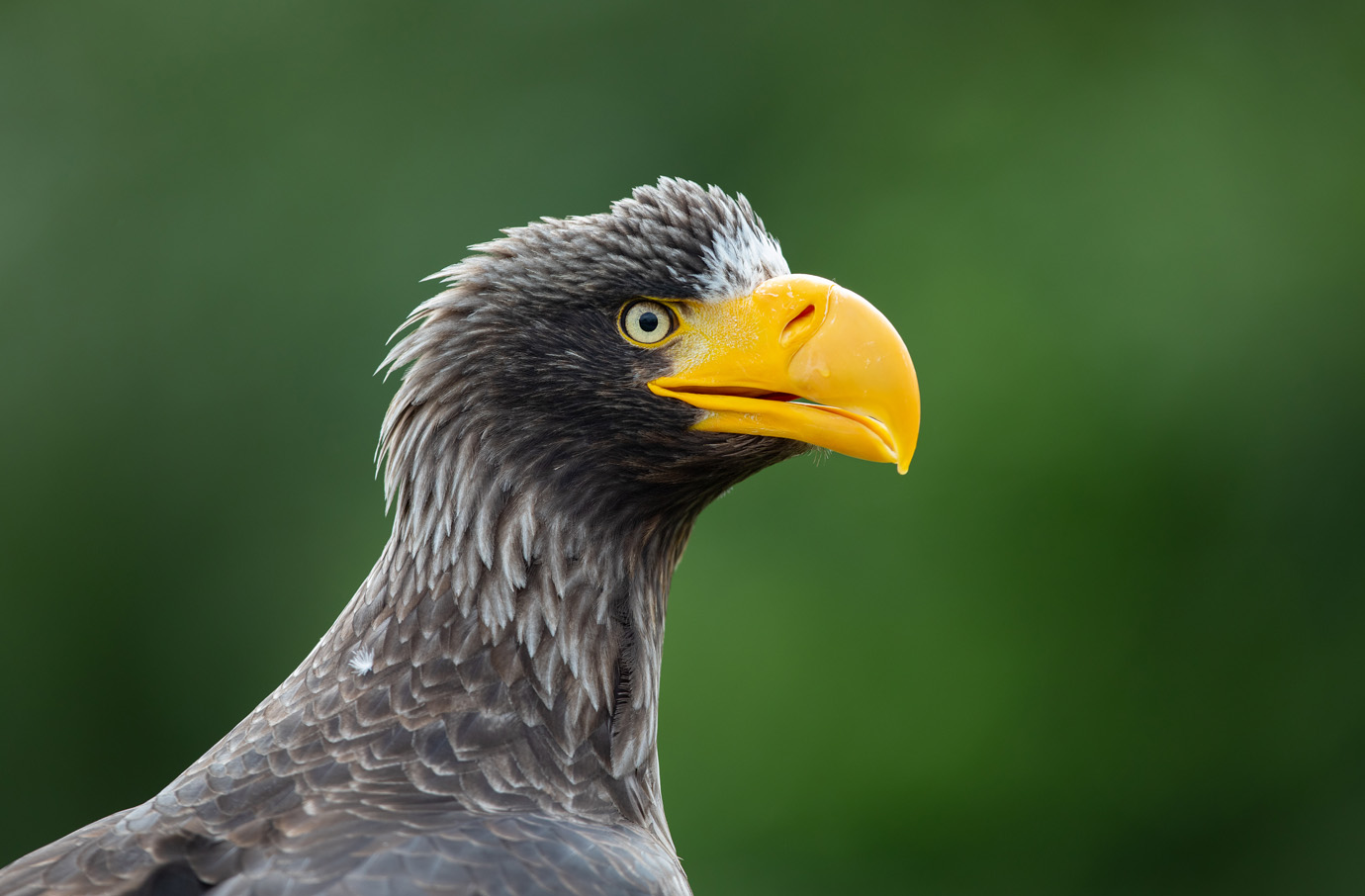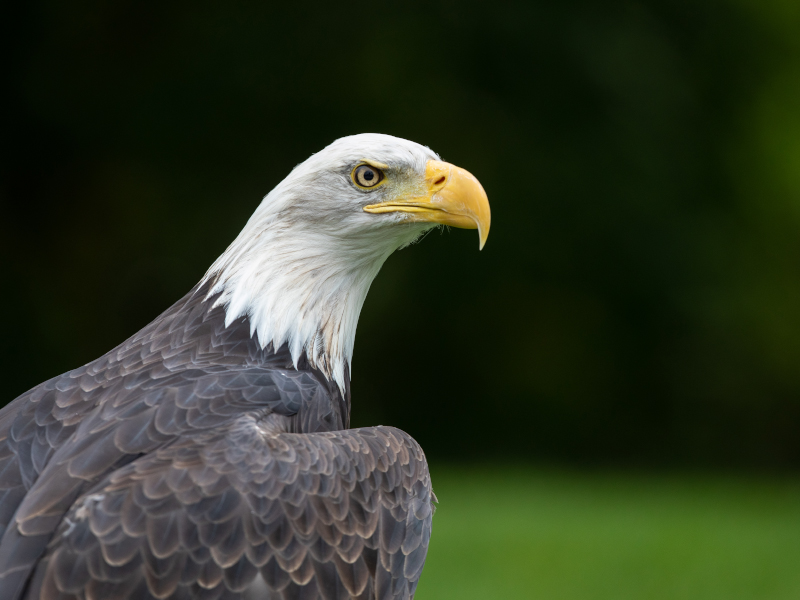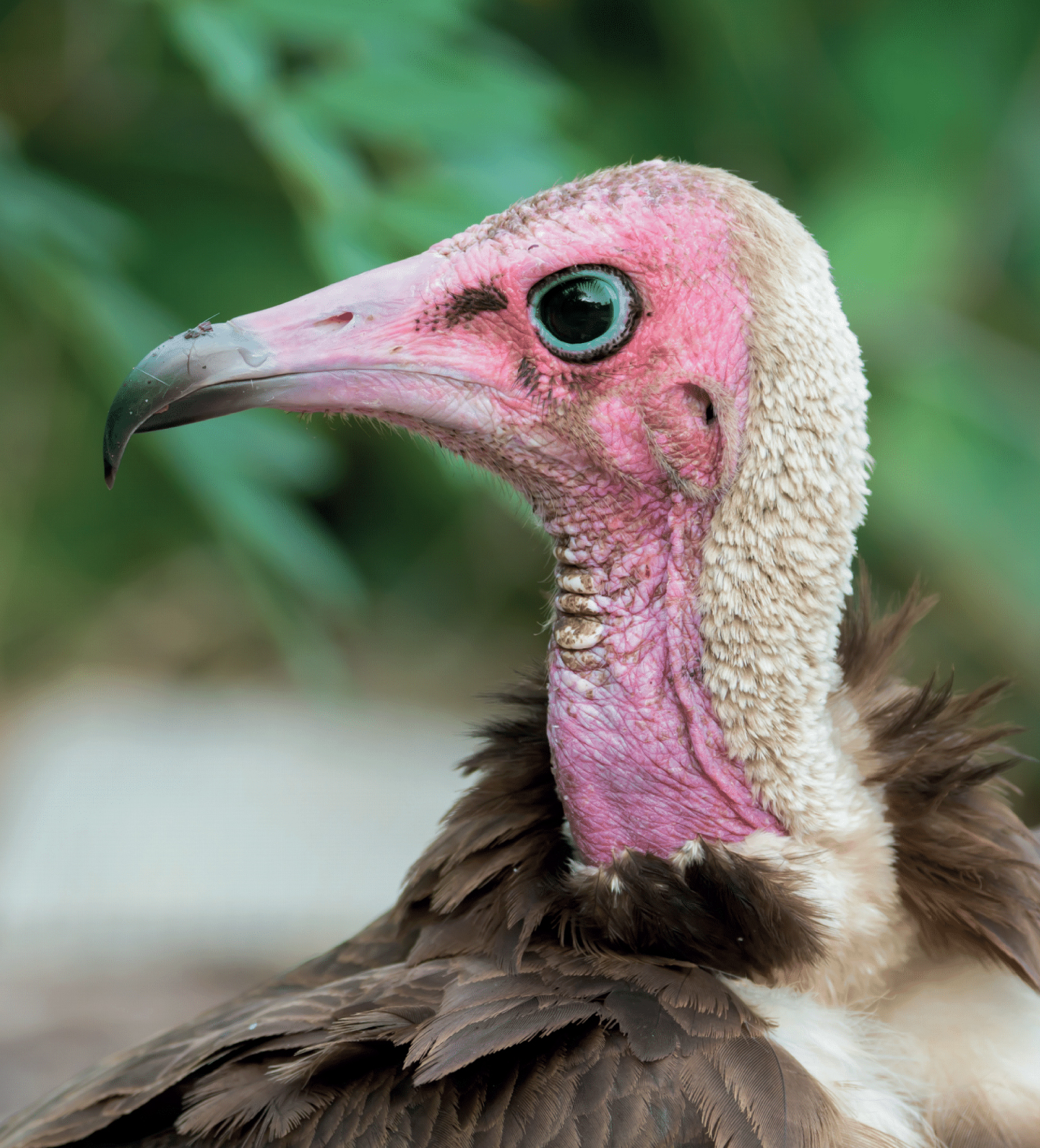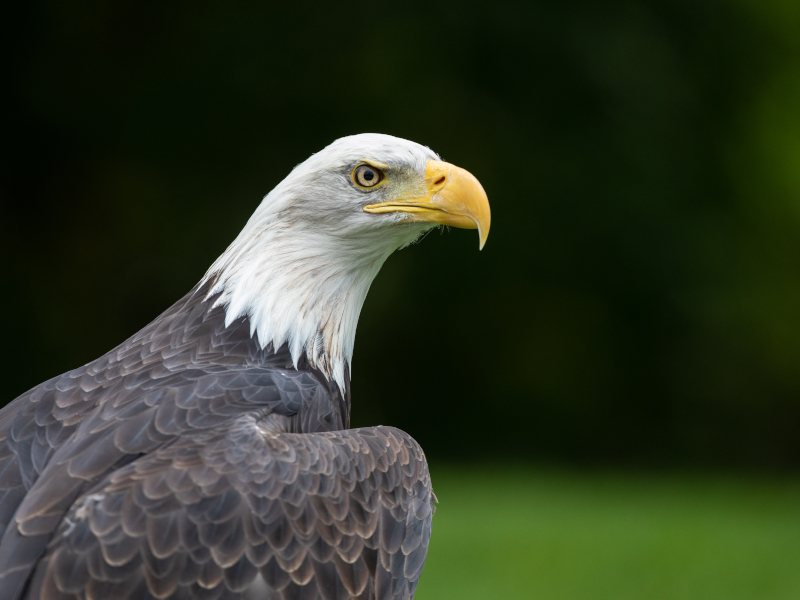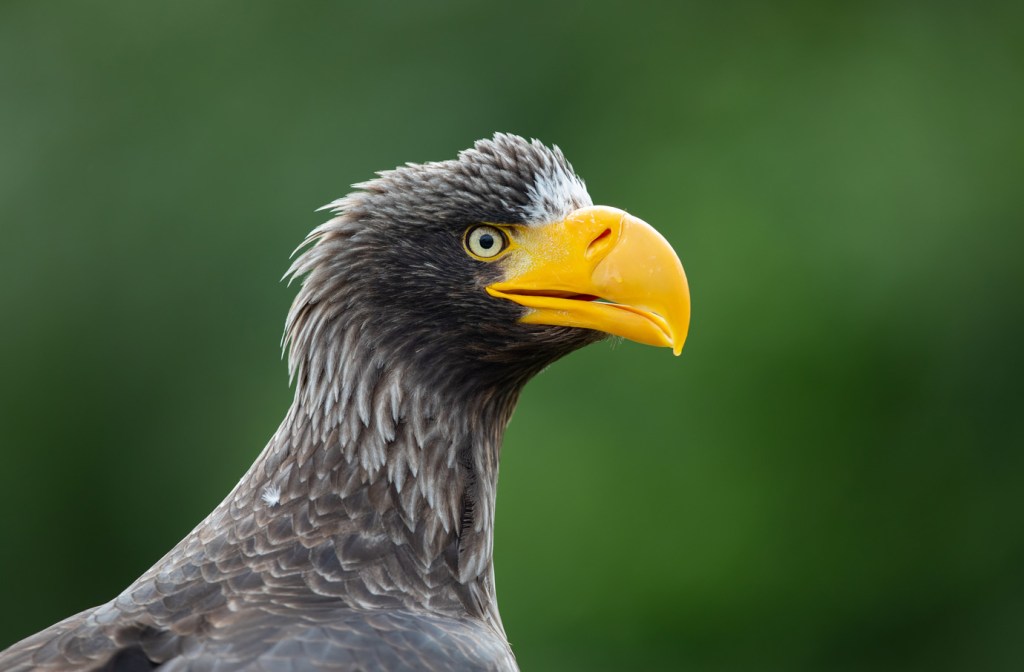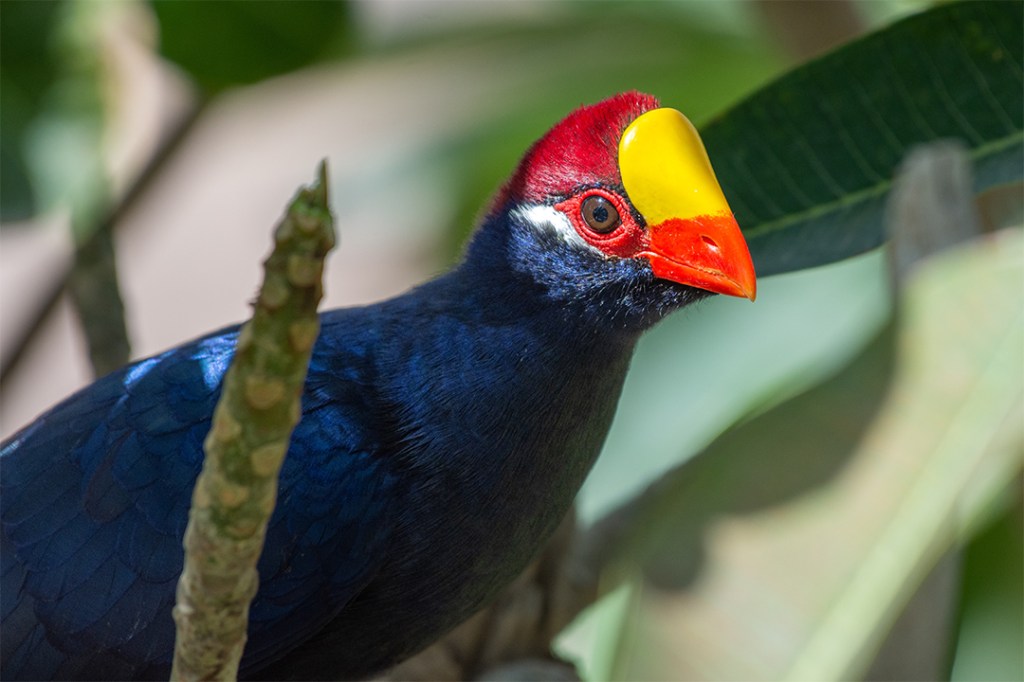The Golden eagle is the second largest bird of prey in Ireland.
Males and females are identical in appearance, having dark brown plumage covering their body, with a golden sheen running down the back of their head and neck. Juveniles look slightly different by having a large white rump and tail feathers. Through moulting each year, the young eagles will lose these feathers with new ones coming through, eventually ending up with full adult plumage after about 4-5 years.
Most populations of Golden eagles are sedentary whereas some will migrate when food supplies decline in their home range. They are usually solitary birds that will join their partner in the breeding season.
Young individuals, that have not yet met a mate, may gather in groups during times when food is abundant.
The female is the main incubator of the eggs but once the chick has hatched both parents will bring food to the young who will begin to fly at approximately 10 weeks of age.
As a predator, they play a role in maintain populations within the ecosystem and therefore ensuring a healthy balance in the environment.

Popular Searches
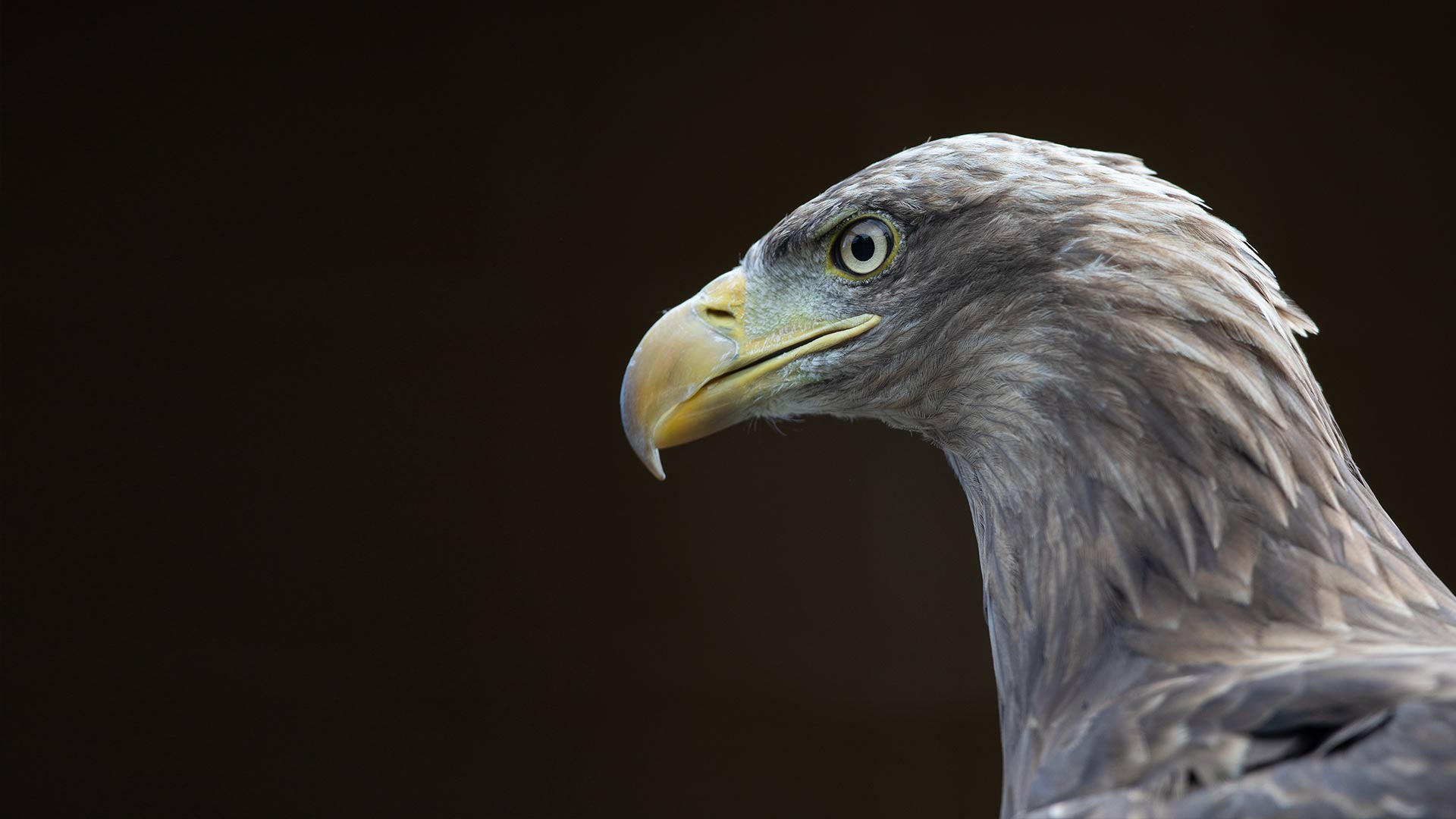
Golden eagle
-
Introduction
-
Conservation
Golden eagles are of least concern.
The International Union for Conservation of Nature (IUCN) has listed the Golden eagle as least concern as its population is stable throughout its range.*
The Irish population, however, are Red Listed, as they became extinct here in Ireland in the early 1900’s. Re-introduction efforts began in 2001, with the first successful breeding occurring in 2007, In 2017, three healthy chicks fledged, from three separate breeding pairs.
Threats include illegal hunting, human development, and habitat loss.
Today there is an estimated 160,000 mature individuals across its range.*
*IUCN, 2021
Emerald Park conservation contribution:
Golden Eagle Trust
For many years Emerald Park has donated to the Golden Eagle Trust, a charity that is dedicated to the conservation and restoration of Irelands native birds and wildlife. To date over €30,000 has been donated to this conservation initiative. -
Habitat
Golden eagles have an extremely large range being common throughout the Northern Hemisphere.
They will inhabit mountainous areas as well as open and semi-open habitats, forests, grasslands, deserts and shrublands. -
Fun Facts
Golden eagles are monogamous, nests are usually built on cliffs but can be found in trees and sometimes manmade structures, like phone towers.
Both male and female will build the nest where 1 to 4 eggs are laid.
Some Golden eagles have been observed dropping tortoises from a height to break open their tough shell.



